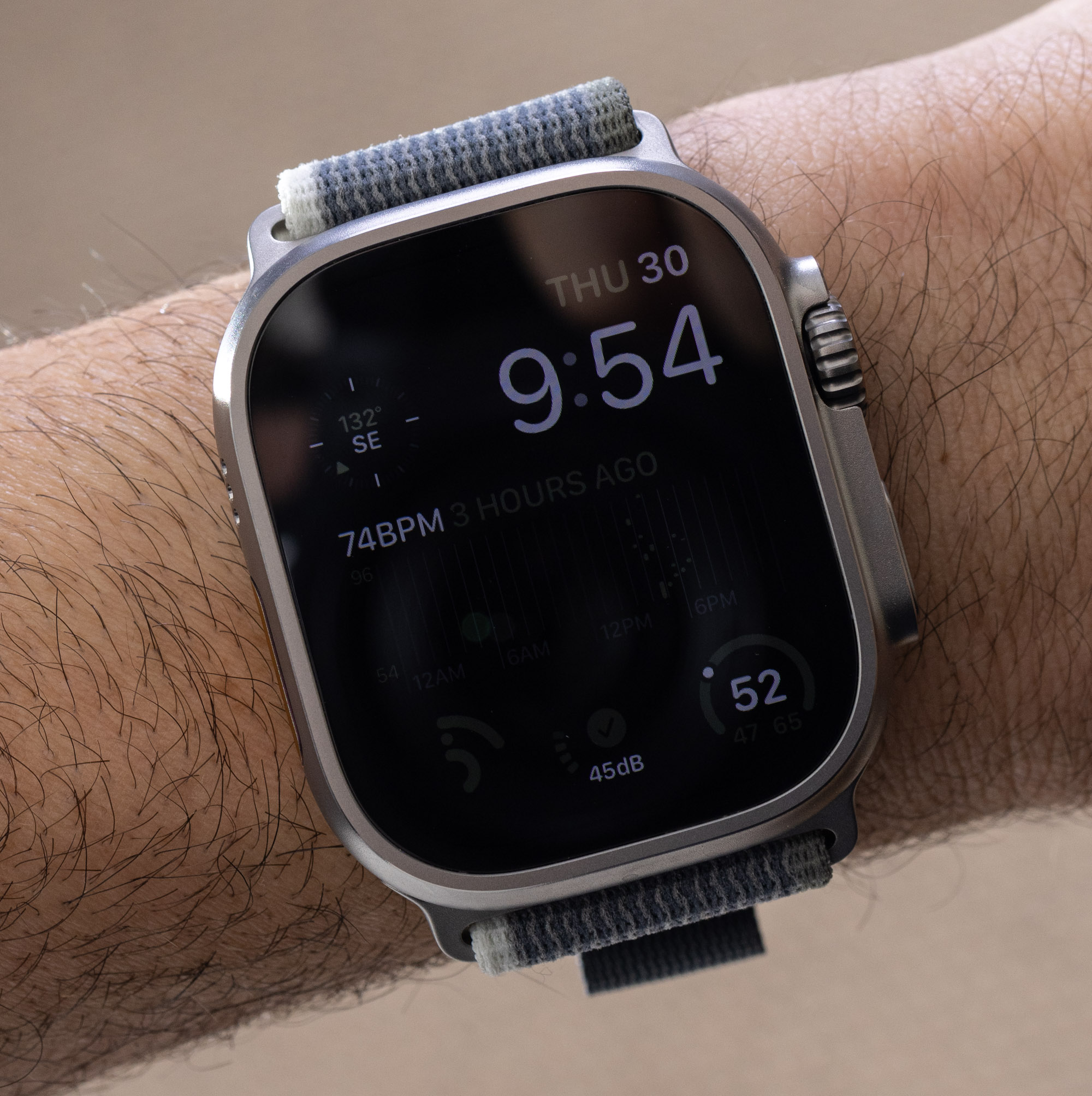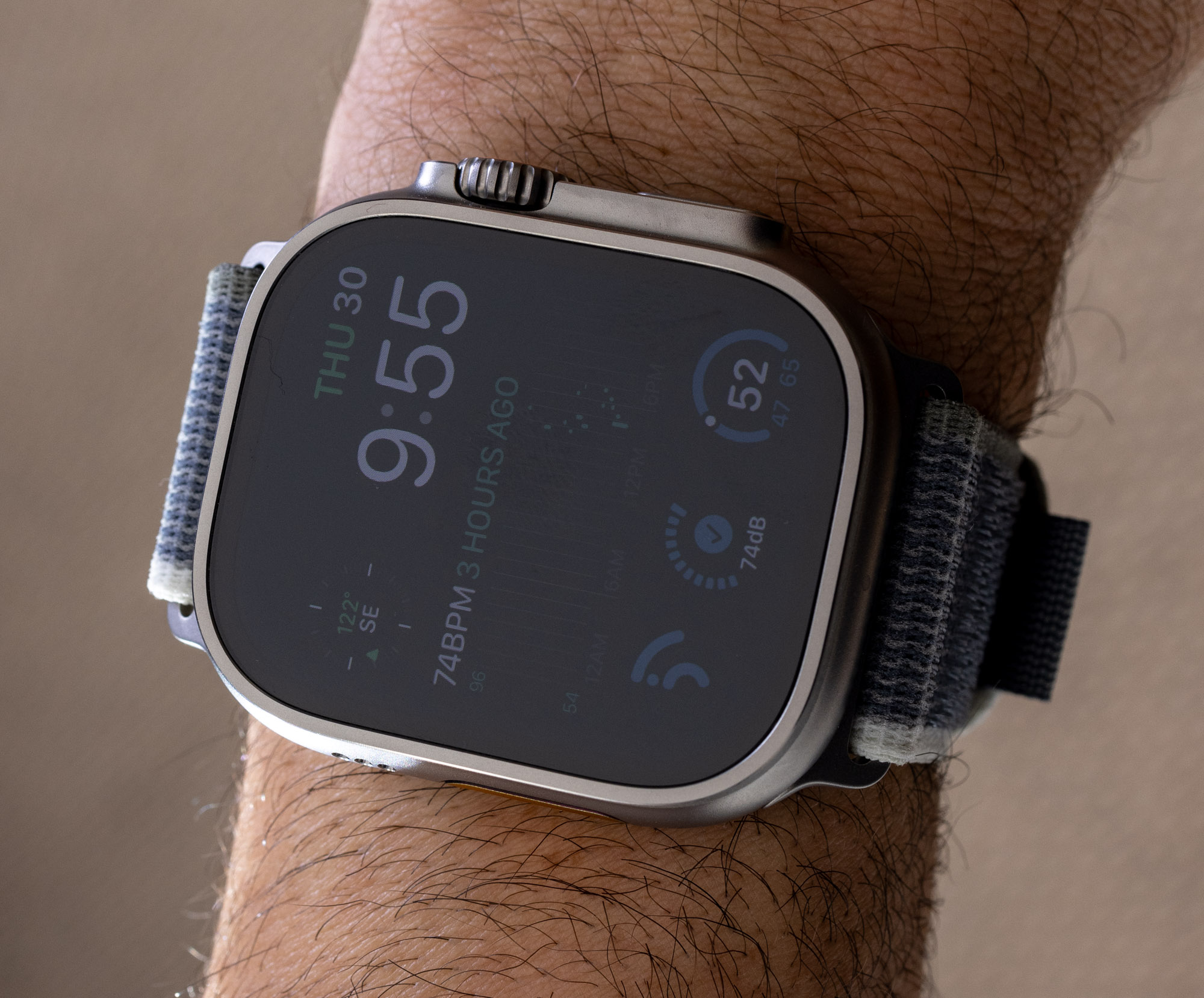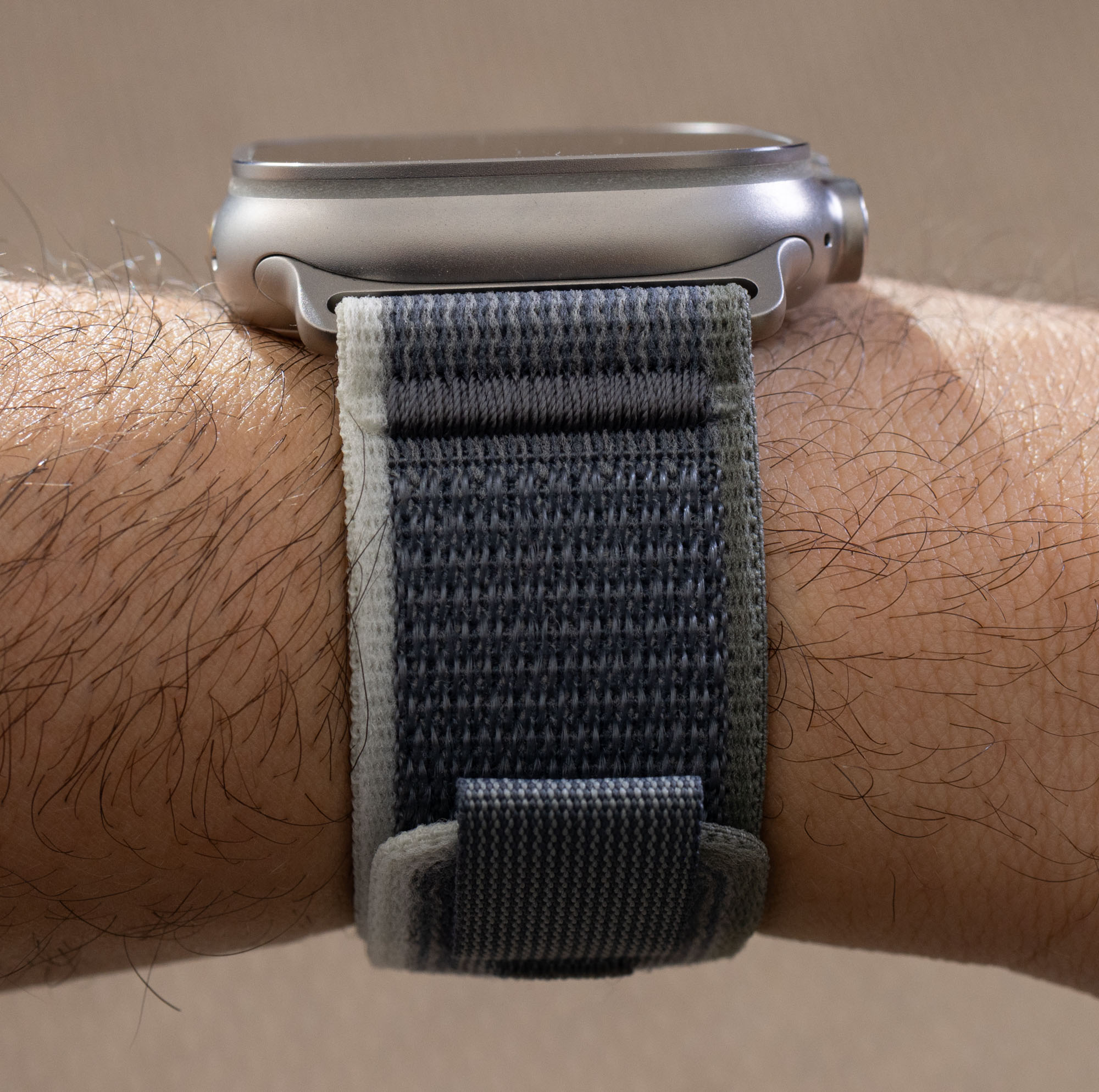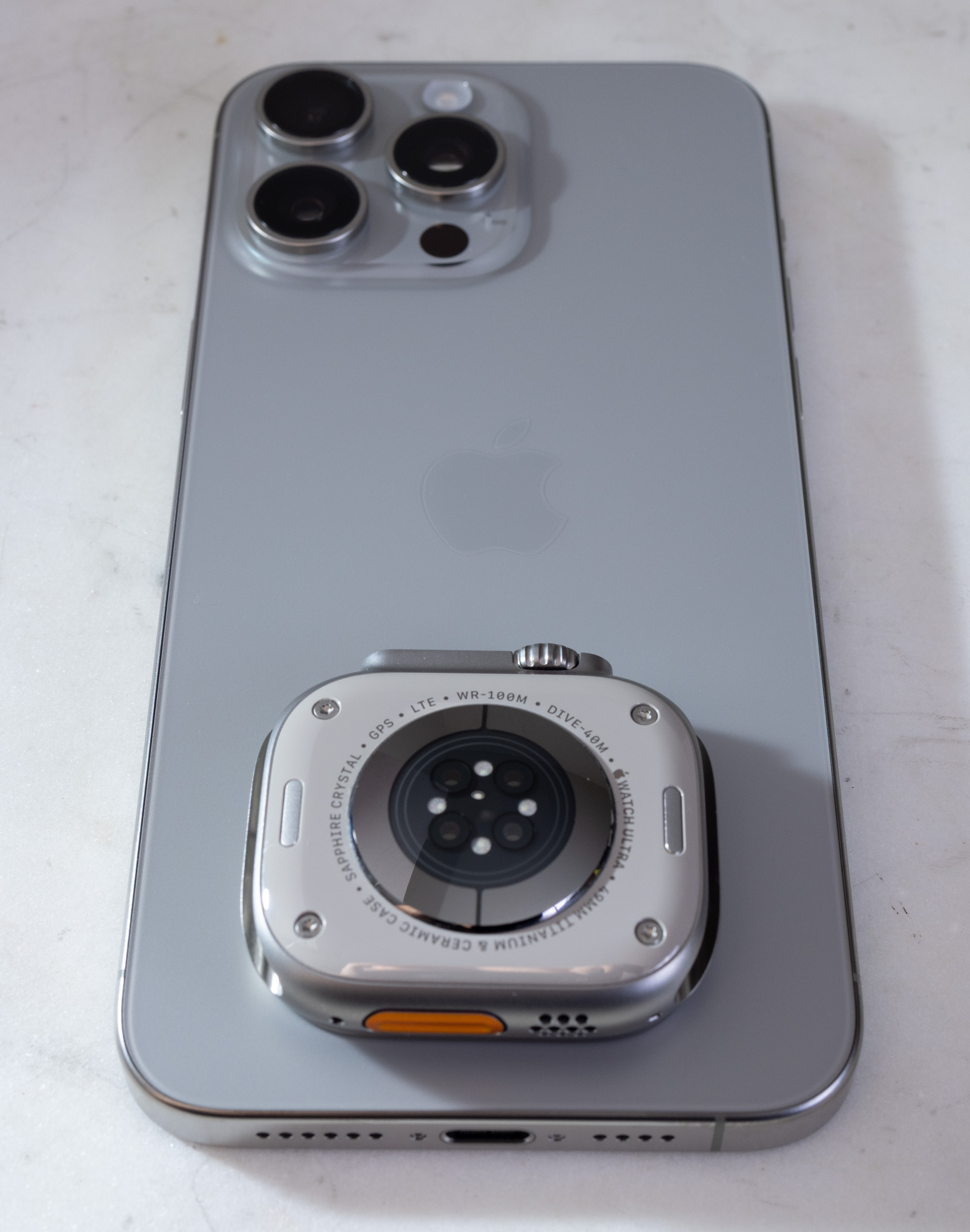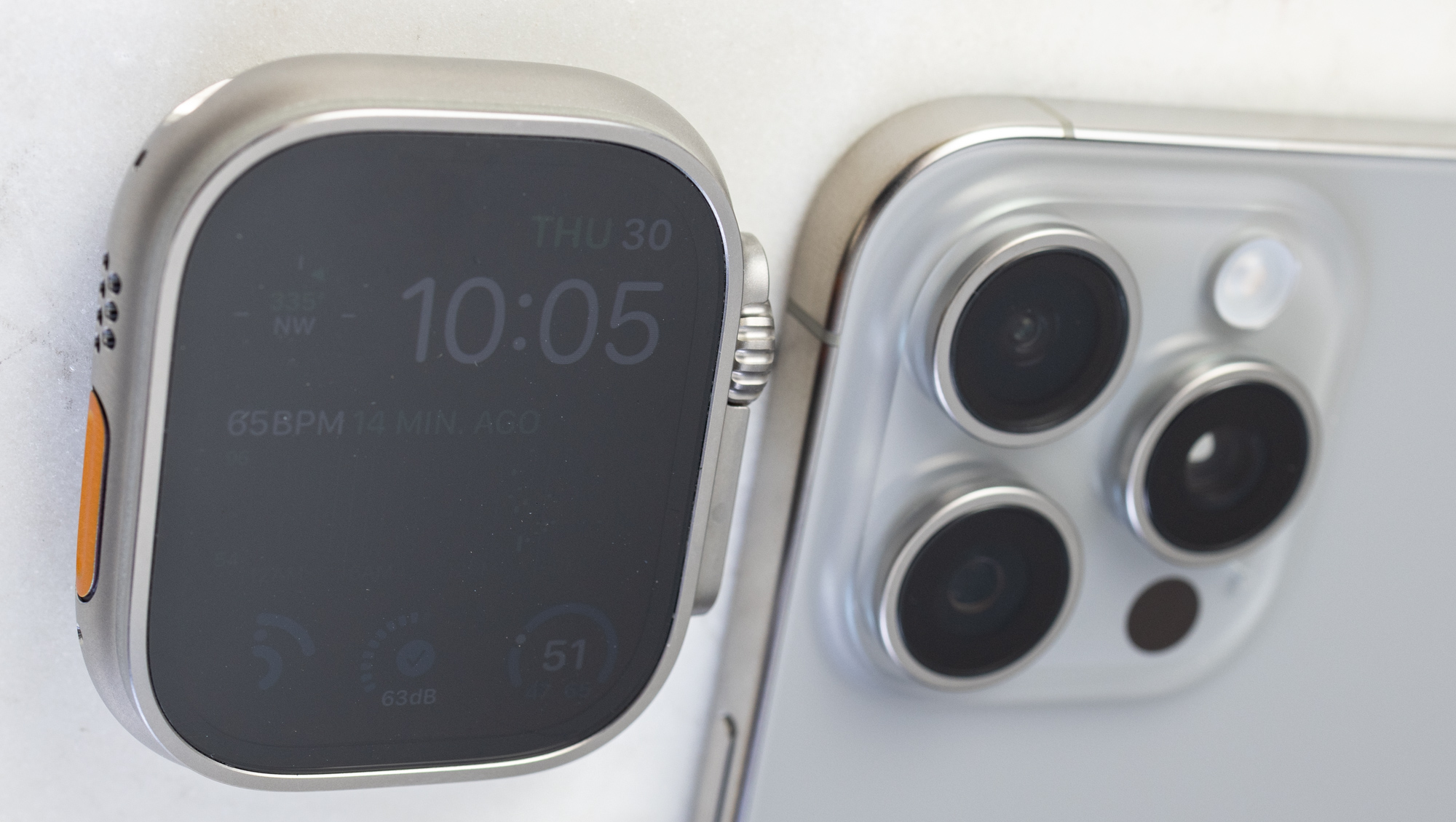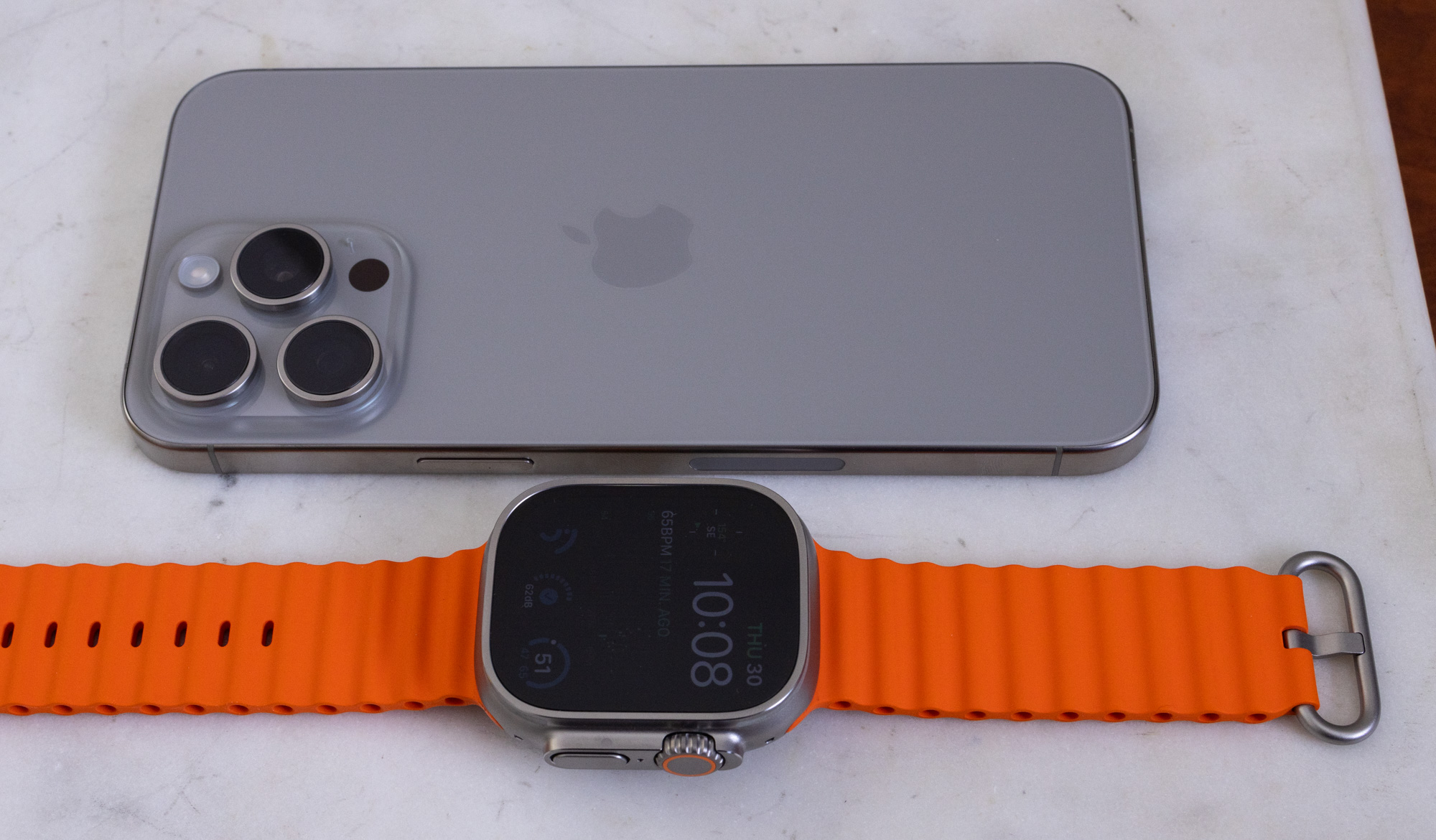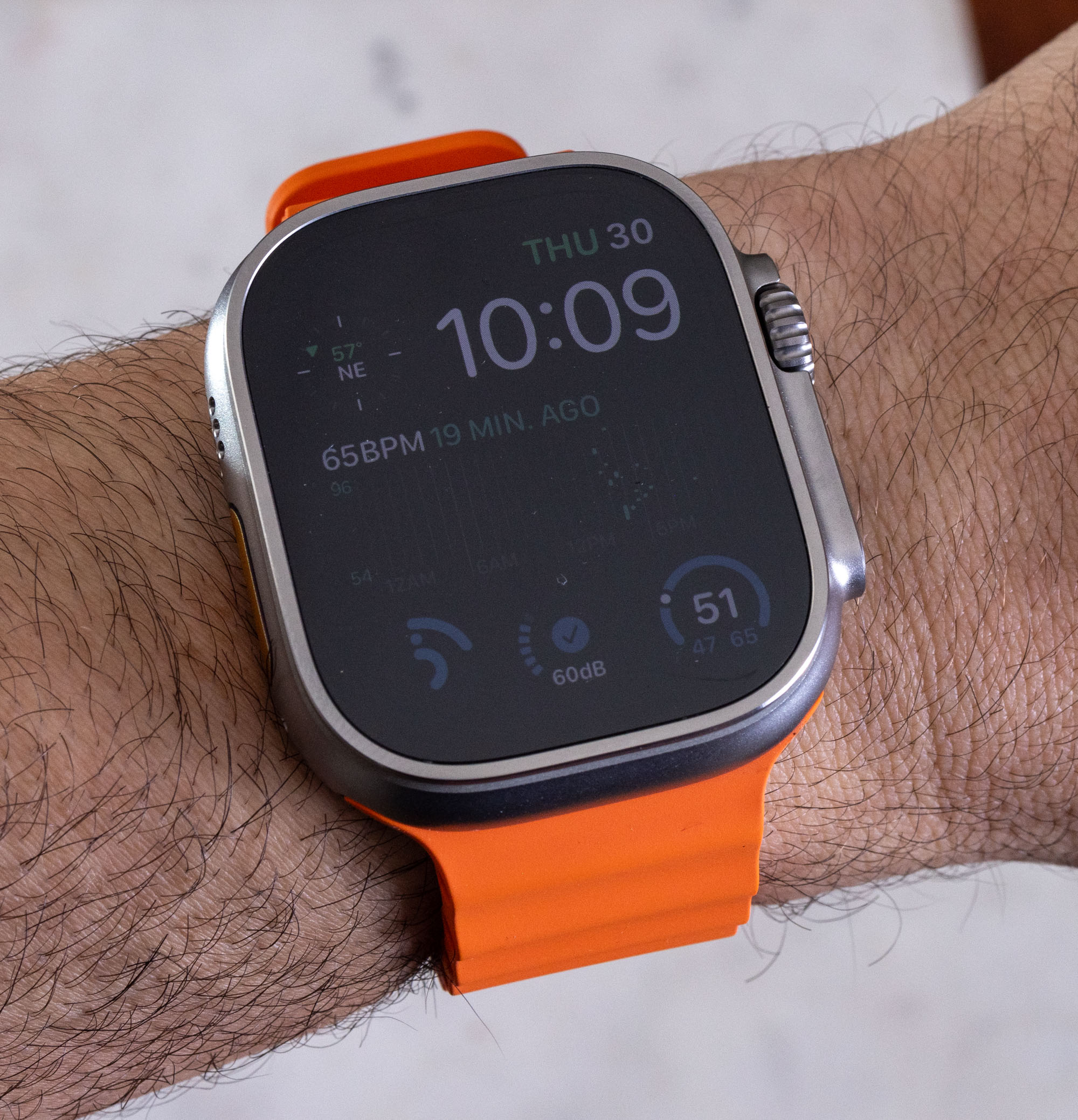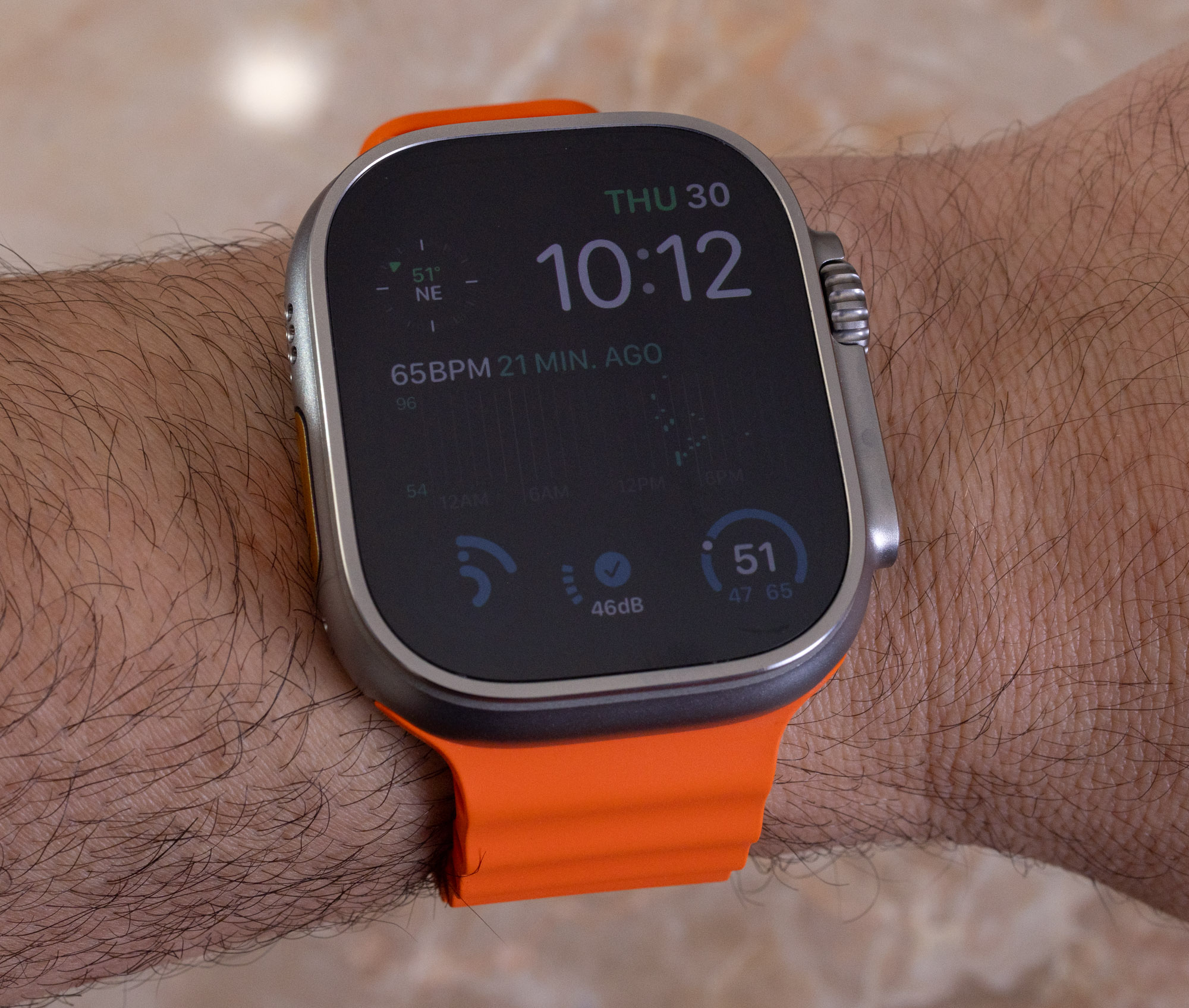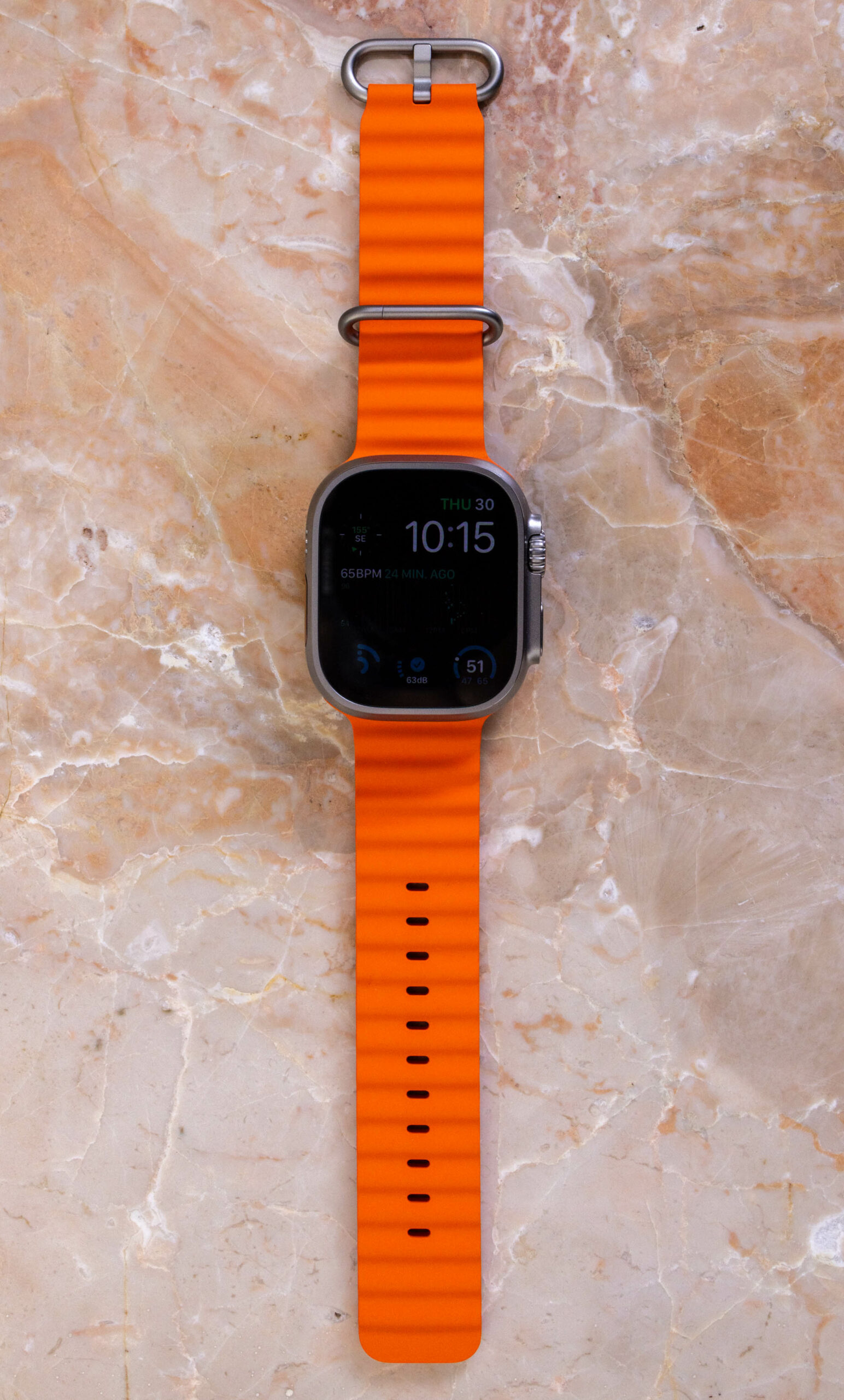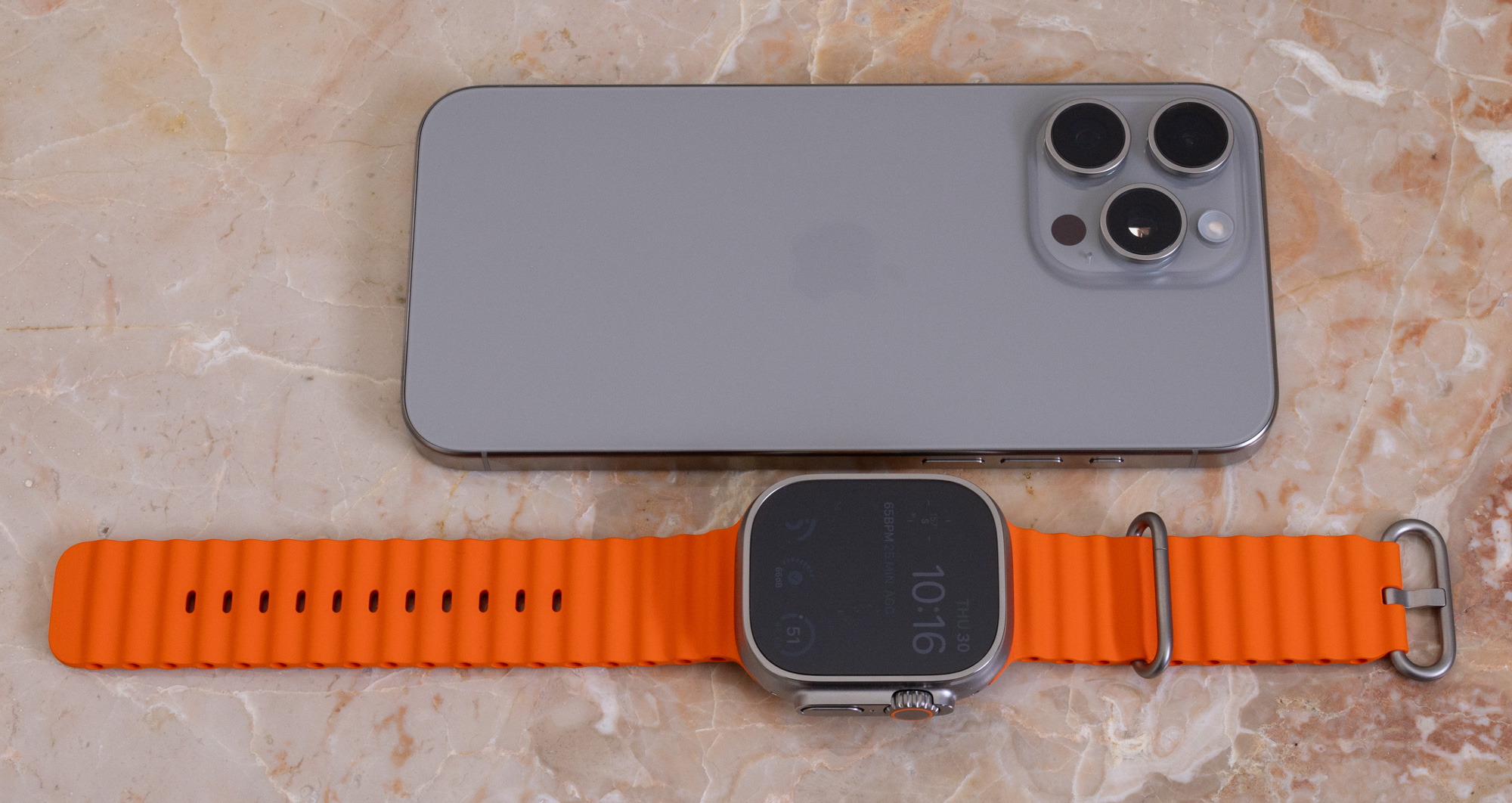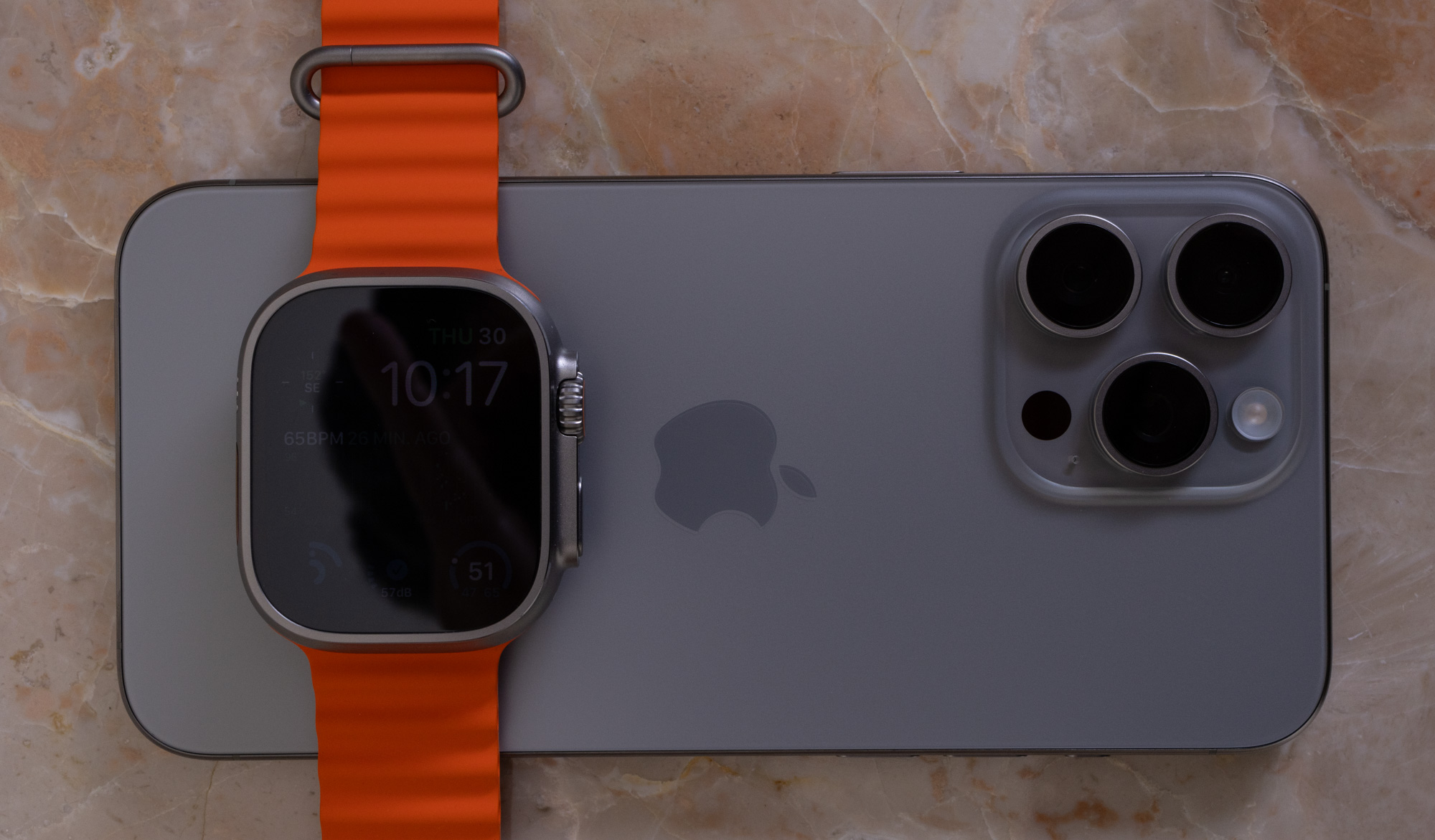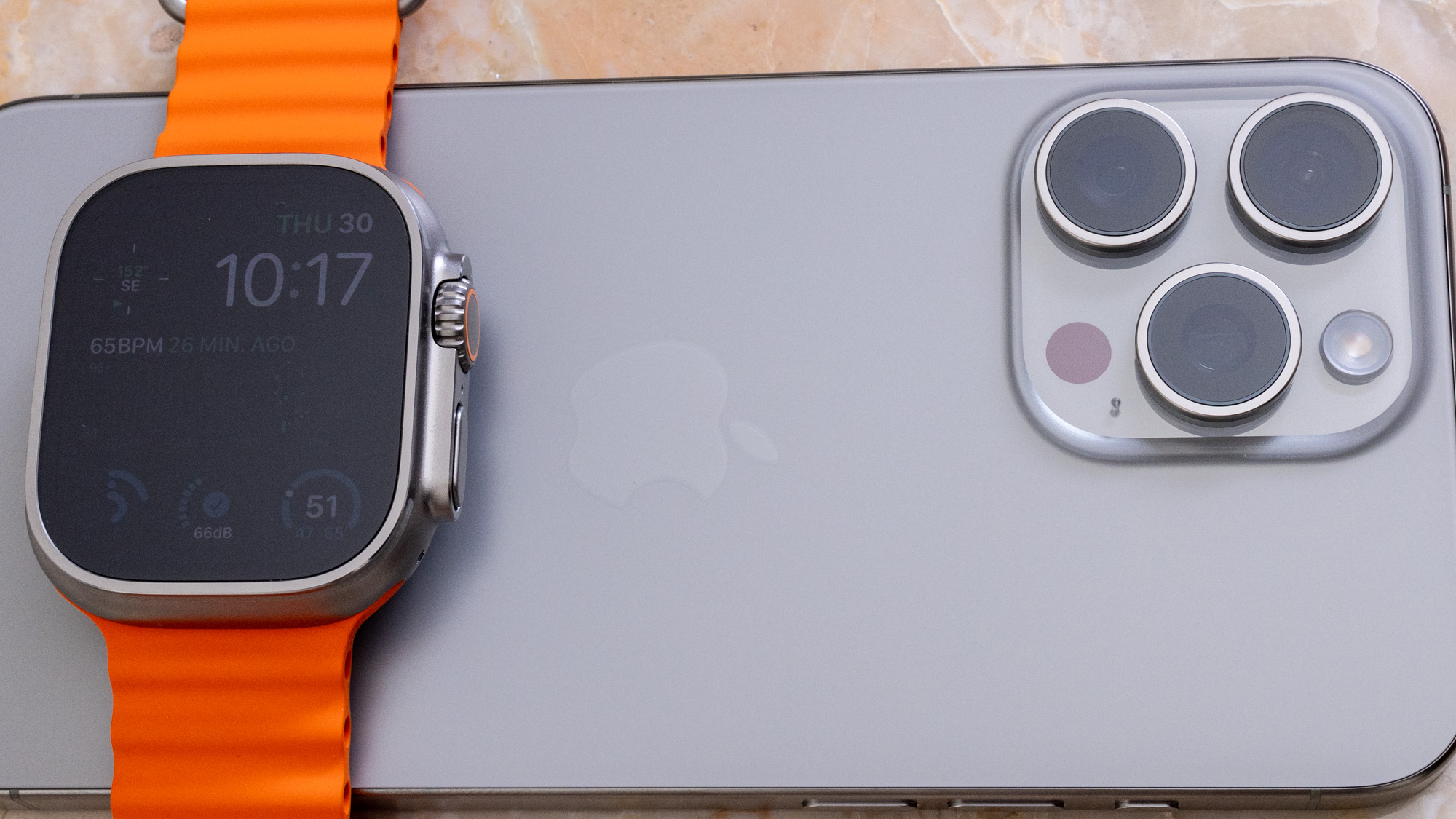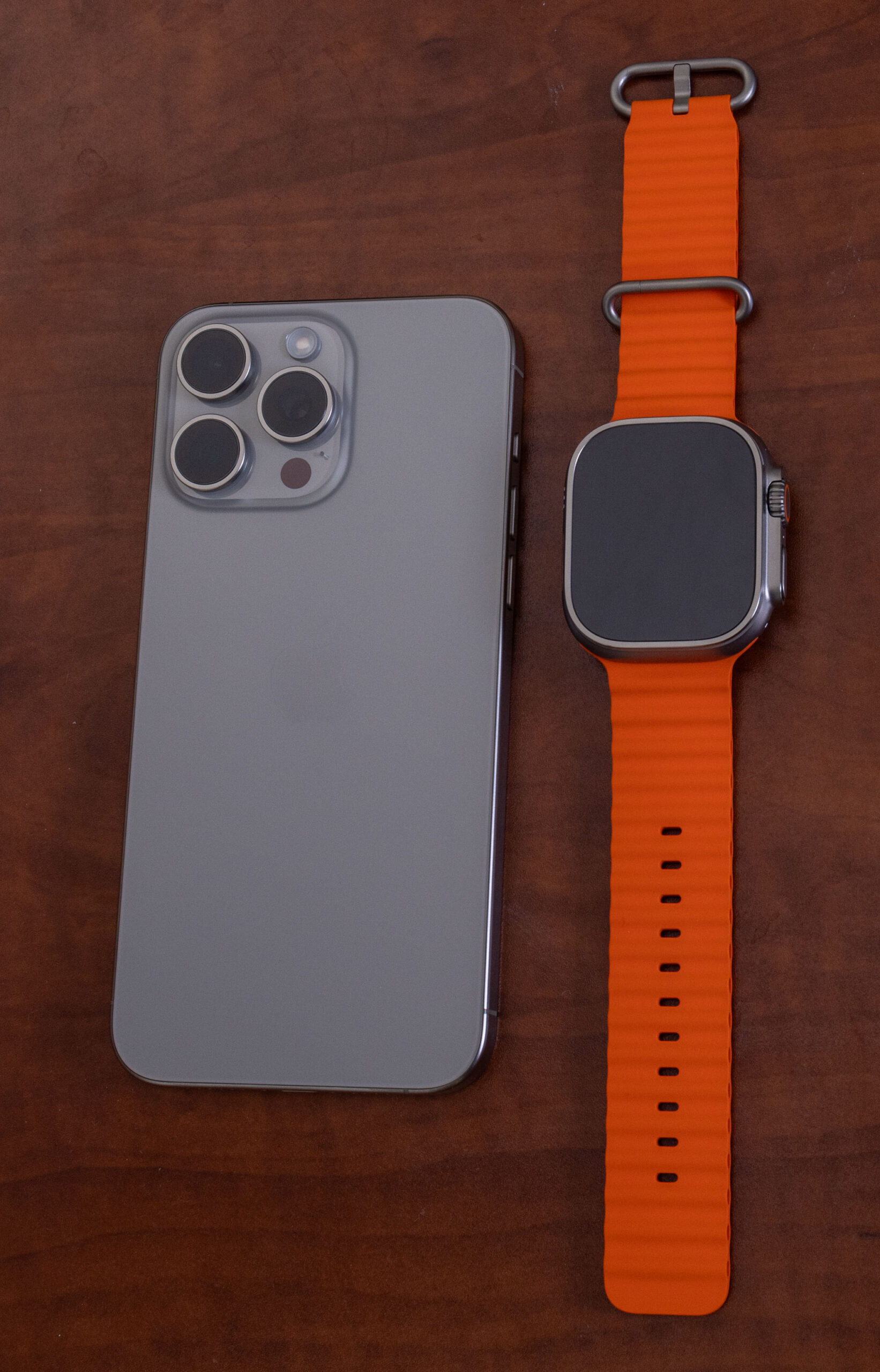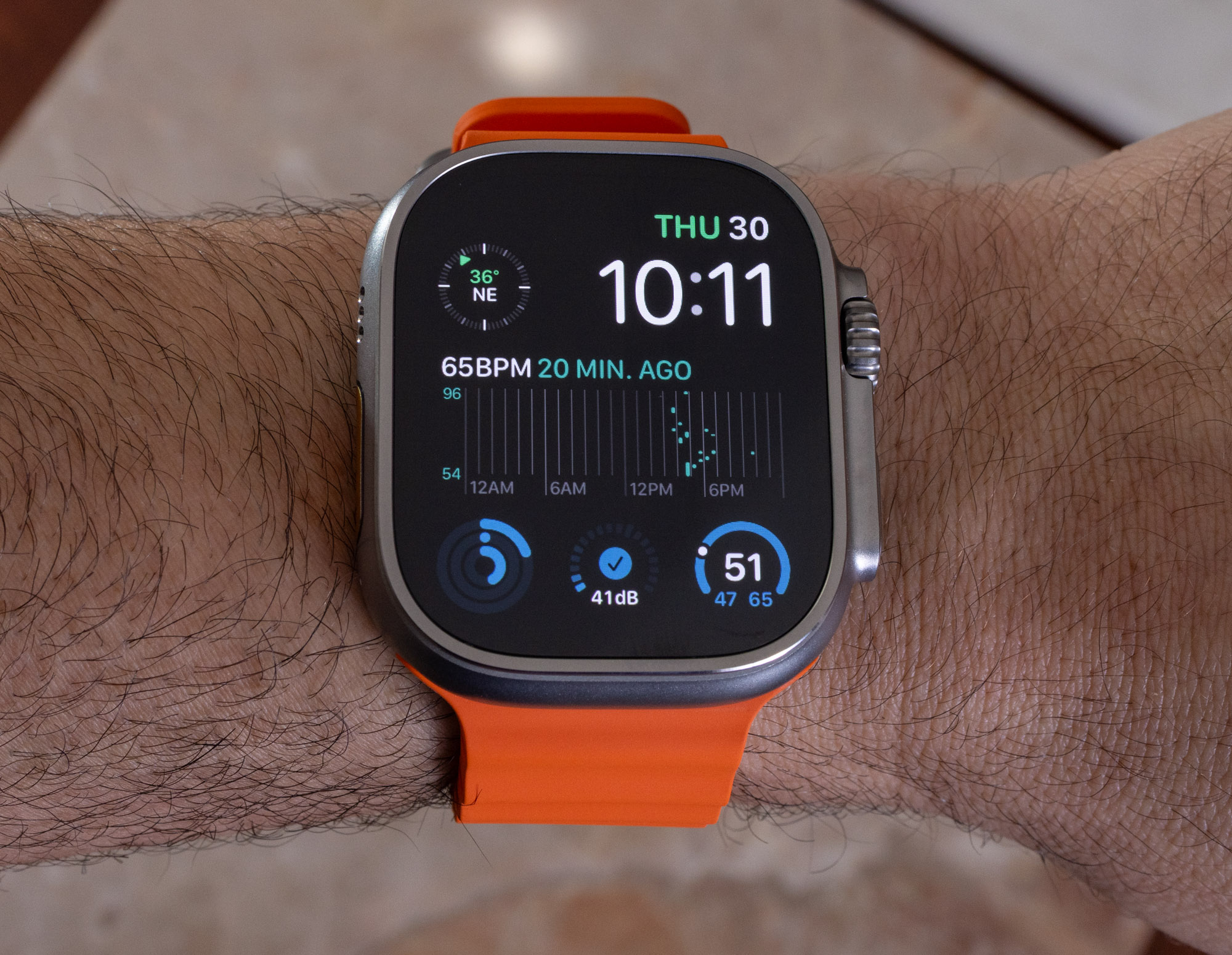
Titanium is having a moment right now. The lightweight and strong metal has been familiar to consumers for several decades, but in the last few years, titanium has started to show up in more products, and for purposes beyond sheer performance. In 2023, Apple introduced the first iPhone (with the iPhone 15) to use titanium as part of the smartphone’s construction. Titanium has already been part of the Apple Watch family since the Apple Watch Series 5 introduced titanium as a high-end option for some Apple Watch. Titanium really made its mark on the Apple Watch when Apple introduced the Apple Watch Ultra in 2022. The larger, even sportier rendition of the Apple Watch came exclusively in titanium and proved a stunning success for Apple. Today, I’d like to take a closer look at the titanium Apple Watch Ultra 2 and Apple’s choice to finally use the material, including in the new iPhone 15.
Ask most consumers about titanium, and, until just a few years ago, the only things that would come to mind were golf clubs and medical implants. Even though the important metal has been long studied and relied upon by engineers for specialized purposes, it is also true that mainstream consumers often had little direct relationships with titanium or titanium-made tools and devices. I first became acquainted with titanium as part of my journey studying and collecting timepieces. It doesn’t take long as a watch lover to learn that a number of watches are produced from titanium, and then to become curious as to why you might want a titanium watch versus say, a steel metal watch. In 2012, aBlogtoWatch published this article about titanium as a material to explain its industrial characteristics a bit more and why it makes for a good watch case material. In the years since, aBlogtoWatch published that article about titanium, the metal has become even more popular in wristwatches, spanning the range of both very high-end timepieces and those that cost just a few hundred dollars.
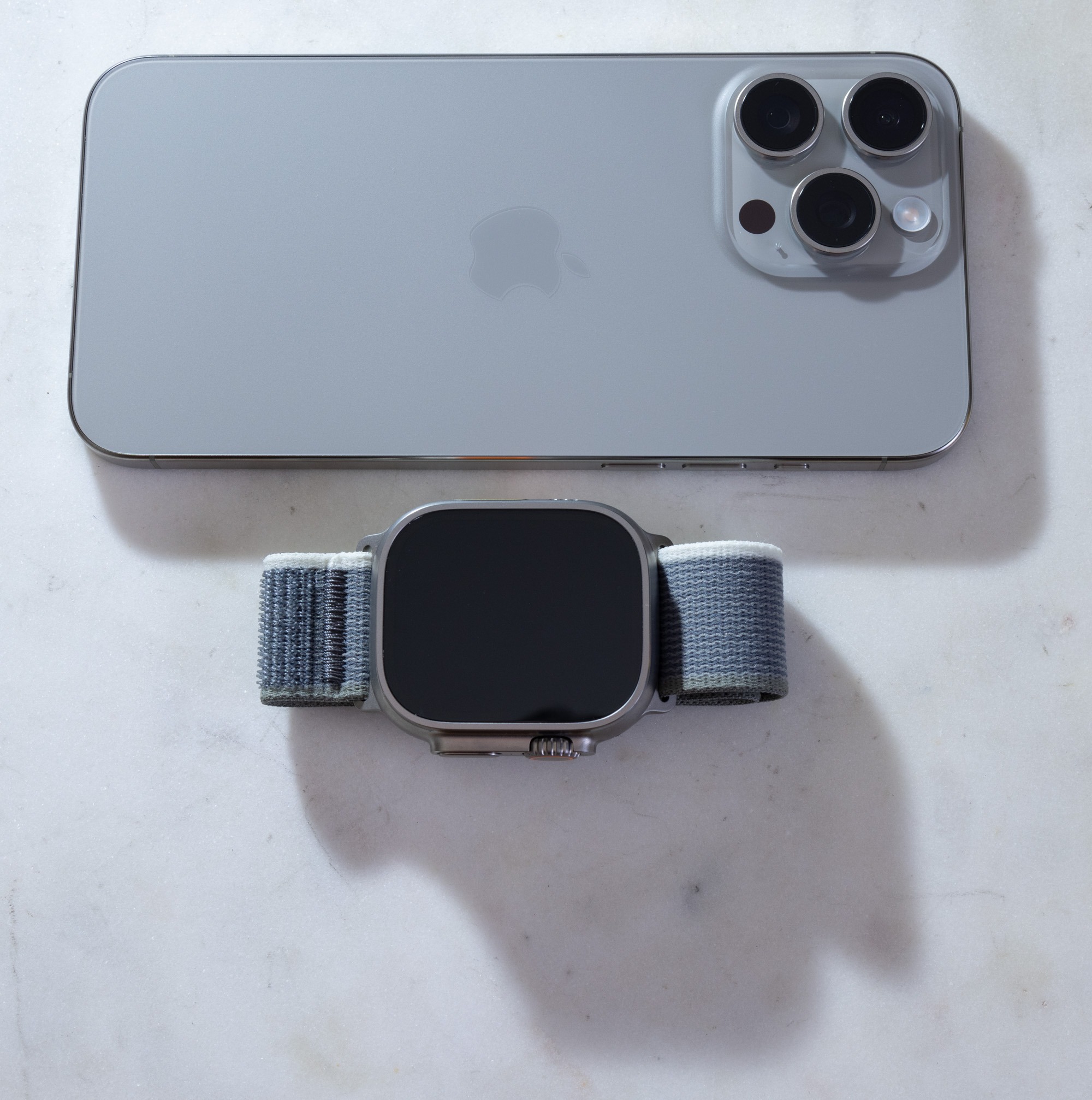

Titanium-cased wristwatches aren’t new. In the 1970s, watchmakers first experimented with titanium as an exciting metal that could avoid some of the problems associated with heavier metals. Titanium was expensive as a material and hard to manufacture at the time. In the 1980s and 1990s, titanium in lower-grade form became available for wristwatches, though rarely for luxury wristwatches. This is, for example, when Japan’s Citizen Group began utilizing titanium for relatively affordable sports watches. Titanium didn’t really hit its stride for more high-end timepieces until the late 1990s and early 2000s when titanium metal started to become useful to mechanical watch movement makers. The non-magnetic and lightweight metal was starting to be much easier to manufacture and an array of new shapes and forms were possible. Watchmakers loved all the things that titanium could do inside of watch that steel and other metals were not appropriate for. Titanium, then, became increasingly interesting as a watch case material. Grade 5 titanium started to supplant Grade 2 titanium (there are many grades of titanium), and manufacturing techniques caught up with titanium and allowed it to be formed and polished nearly identically to steel.
Let me recap that the primary advantage of titanium is that it is about 30% lighter than steel. It is also more rigid, but it’s actually softer than steel. Titanium has a large number of advantages, but since it is prone to scratching, manufacturers need to be careful when using it in high-end applications. Solutions to the soft-surface nature of titanium has led companies that rely on the material to experiment with various finishes, as well as surface coating techniques. Some of the most sophisticated titanium material on the market is still offered by Japanese Citizen and is referred to as “Super Titanium.” We also see titanium making a very strong showing in very high-end watches. In addition to titanium being a popular case material for ultra-luxury watches costing over $100,000, it is also very popular with mainstream luxury watchmakers such as Omega and now Rolex. It wasn’t until 2023 that Rolex decided to release its first all-titanium watch with the Rolex Yachtmaster 42 in RLX titanium. Consumers can easily spend $10,000, $20,000, or even much more, for a watch with a titanium case.
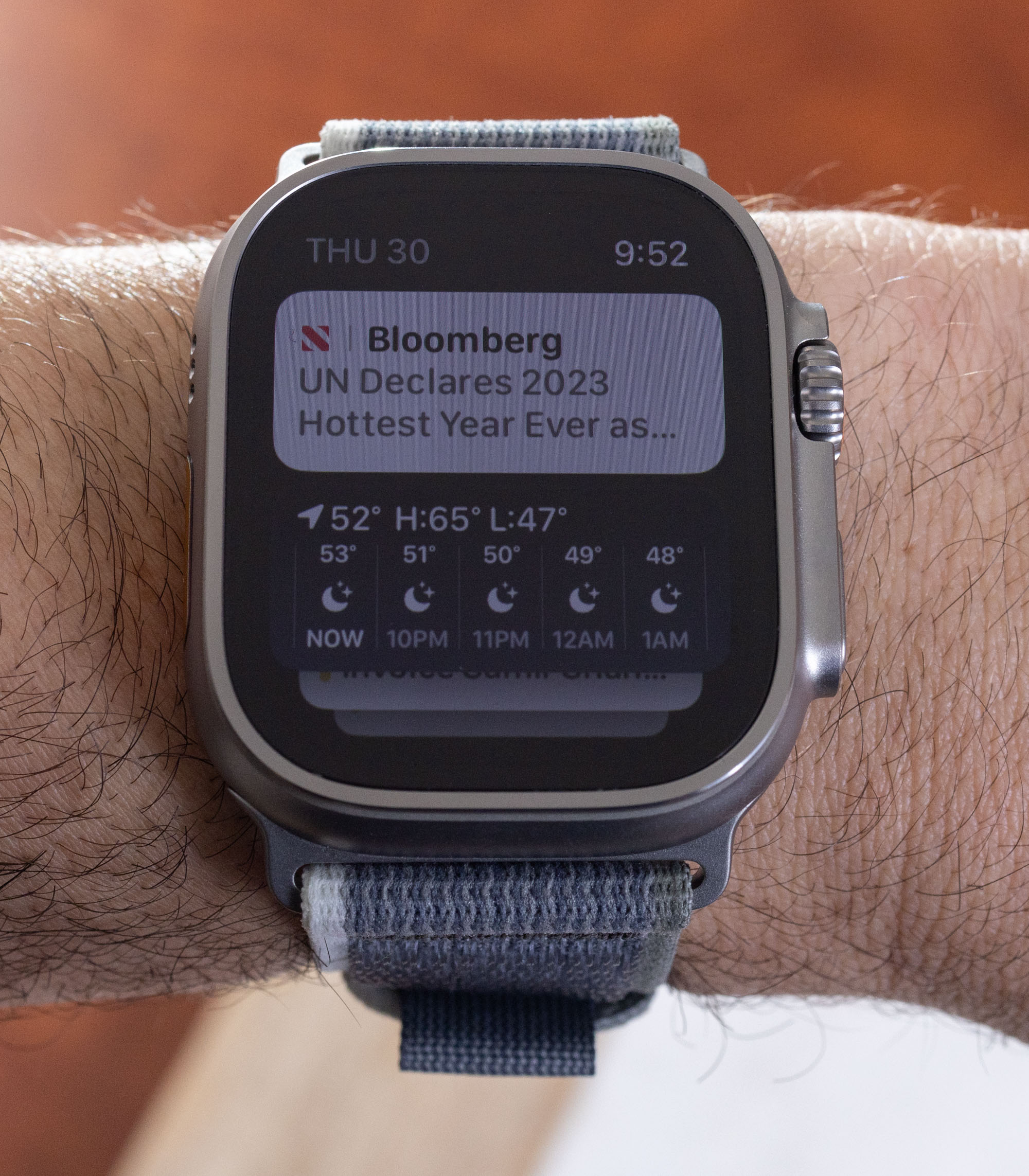
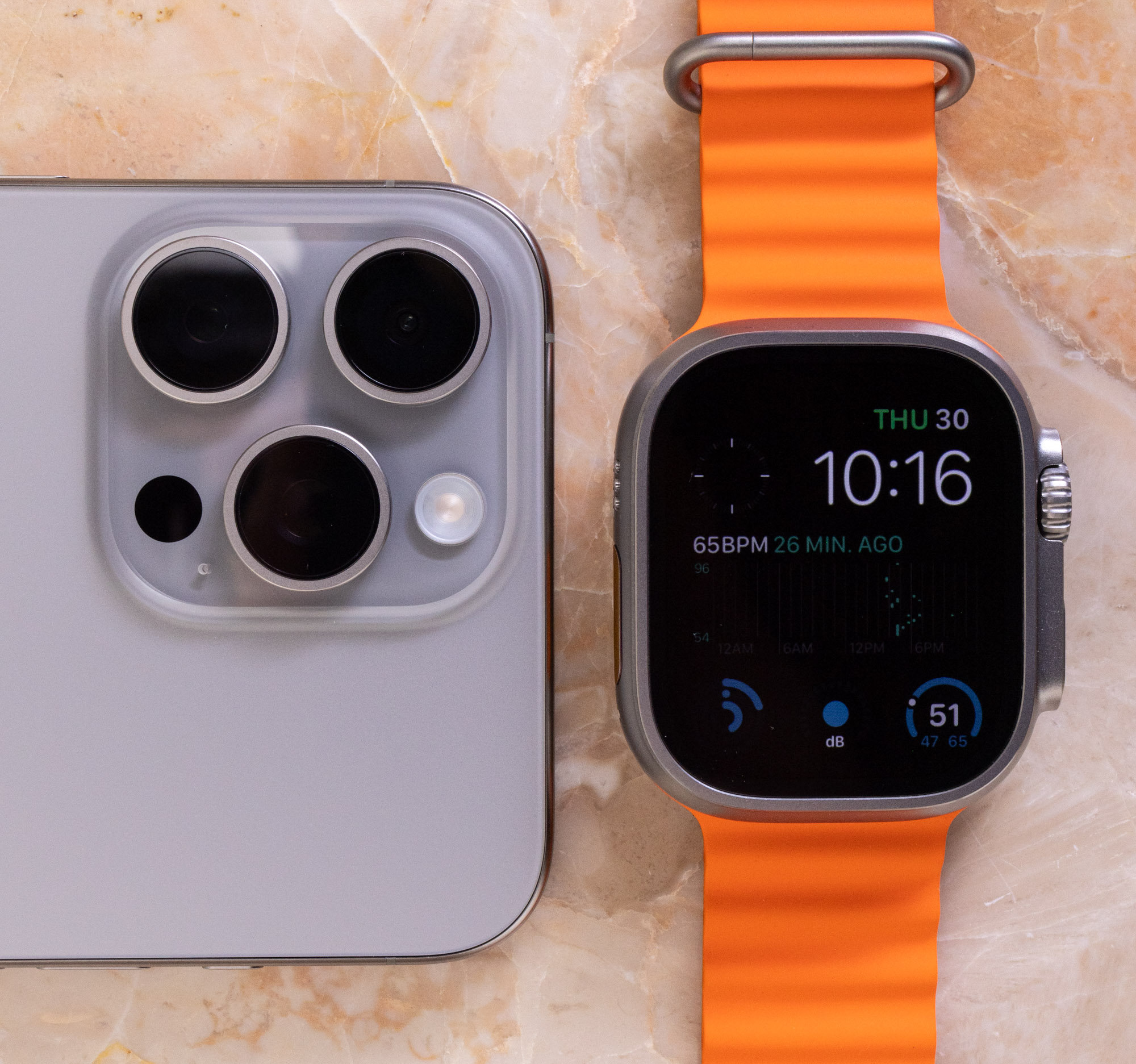
The proliferation of titanium in the consumer zeitgeist has extended beyond the metal’s industrial benefits. Titanium as a term is now heard as a value-adding feature in the minds of many consumers. It is a perfect time for Apple to lean heavily into titanium, even if using the material corresponds to its larger product goals. The Apple Watch Ultra and Ultra 2 sport an all-titanium case. It is formed featuring a mostly matte surface treatment, a wise choice both in terms of style and aging (polished titanium can visually wear the fastest). Given that the Apple Watch Ultra 2 is the largest smartwatch produced by Apple to date, it makes perfect sense that the watch is made out of a metal designed for weight savings.
Perhaps emboldened by the popularity of the original Apple Watch Ultra, Apple now incorporates titanium into the construction of the iPhone 15. As you can see, the titanium has a slightly different surface finishing compared than Apple Watch Ultra 2, which is more “timepiece finished,” as opposed to “device finished.” This makes sense, as one cannot necessarily expect the same manufacturing technique to be used (even if both result in titanium components) for the Apple Watch Ultra 2 case and the outer frame of the iPhone 15. What both of these devices offer, however, is the impressive weight-saving dynamics of the important alloy. Accordingly, most titanium devices are not fully titanium, but rather a titanium alloy which is specially formulated for the precise industrial need. For the Apple Watch, Apple uses extremely tight manufacturing techniques because the tolerances for watchmaking purposes are extremely small, and the precision of the parts needs to be extremely high. Looking carefully at the Apple Watch Ultra case, it is hard not to be impressed with the challenging details. From graceful lines to perfectly formed holes, the Apple Watch Ultra 2 case is a thing of beautiful both visually and from a manufacturing standpoint. Radio signals do not pass through most metals, so you’ll notice a small non-metal ring around the lower part of the bezel that allows for an exposed antenna used for important Apple Watch features, such as communicating with GPS satellites.


While titanium might not be the only feature to thank for its success, Apple is having a serious moment with the Apple Watch Ultra and Ultra 2. Over the last year, I noticed that the larger size and distinct personality of the Ultra has made it the Apple Watch of choice for many, especially men. Mind you that many of the more advanced adventuring and safety features of the Apple Watch Ultra aren’t really necessary for mainstream consumers. Nevertheless, similar to how consumers are drawn to the “adventuring potential” of many sport utility vehicles, the Apple Watch Ultra’s robust design and possible functions has endeared it to wearers in a way that most other smartwatches simply have not. Those wearers benefit from a lightweight wearing experience that defies the size of the case and offers an experience similar to that of smaller Apple Watch profiles.
Not much has changed between the Apple Watch Ultra and the Apple Watch Ultra 2. Perhaps most notable is a slightly brighter screen as well as an always-on state. I recall when Apple first introduced the always-on screen, and it was certainly on the dimmer side. Now, the always-on state of Apple Watch screens is impressively bright, with the brightest experience on the Apple Watch Ultra 2. Apple further claims that despite the brighter screen, users will not experience any appreciable decrease in battery life. This is likely achieved through software and performance optimization, as well as potentially advancing LED light technology. The Apple Watch Ultra 2 also has an upgraded processor chip that Apple calls their S9 SiP. Where consumers will see the most benefit of the new chipset is when on-board processing is required. That includes features like Siri’s voice control, as well as the novel “double-tap” gesture that allows the watch to sense your fingers tapping together as an input method. This finger-tapping gesture removes the need to use your opposite hand (or voice) to input specific commands into the software.

 Titanium has been an important material in fine watchmaking for a while now, but only recently has the alloy family become sexier with mainstream consumers. Many watchmakers claim that titanium is their choice material for application both the inside and outside of a wristwatch. The hypo-allergenic, lightweight, strong metal has numerous benefits, but it is also used to help make many watches and luxury items attractive. Apple benefits in both ways. Not only does titanium offer real benefits to product weight, durability, and utility, it also results in a beautiful aesthetic and now a trendy name that resonates positively with buyers. Titanium is likely to remain a key item in Apple’s materials tool chest, and I fully expect it to remain in high use both in the Apple watch but also for further use in Apple’s other devices such as the iPhone and even for further use in computing hardware. Price of the Apple Watch Ultra 2 is $799 USD. Learn more at the Apple Watch website.
Titanium has been an important material in fine watchmaking for a while now, but only recently has the alloy family become sexier with mainstream consumers. Many watchmakers claim that titanium is their choice material for application both the inside and outside of a wristwatch. The hypo-allergenic, lightweight, strong metal has numerous benefits, but it is also used to help make many watches and luxury items attractive. Apple benefits in both ways. Not only does titanium offer real benefits to product weight, durability, and utility, it also results in a beautiful aesthetic and now a trendy name that resonates positively with buyers. Titanium is likely to remain a key item in Apple’s materials tool chest, and I fully expect it to remain in high use both in the Apple watch but also for further use in Apple’s other devices such as the iPhone and even for further use in computing hardware. Price of the Apple Watch Ultra 2 is $799 USD. Learn more at the Apple Watch website.

